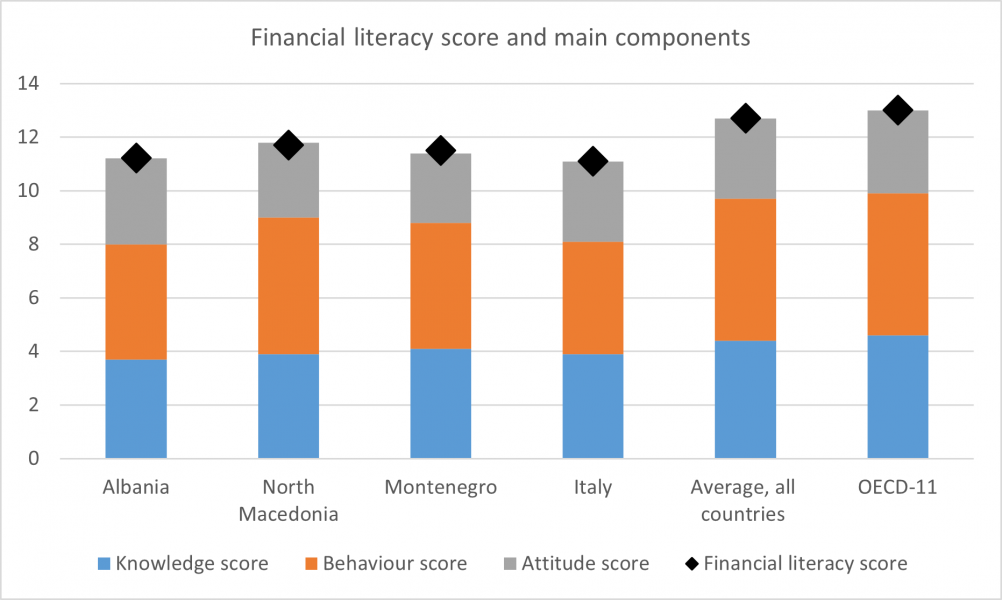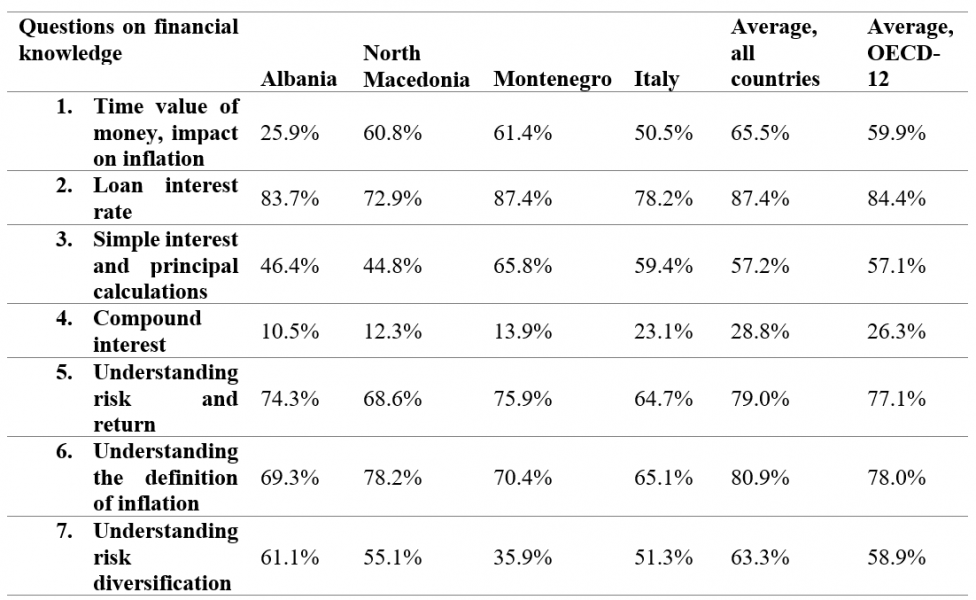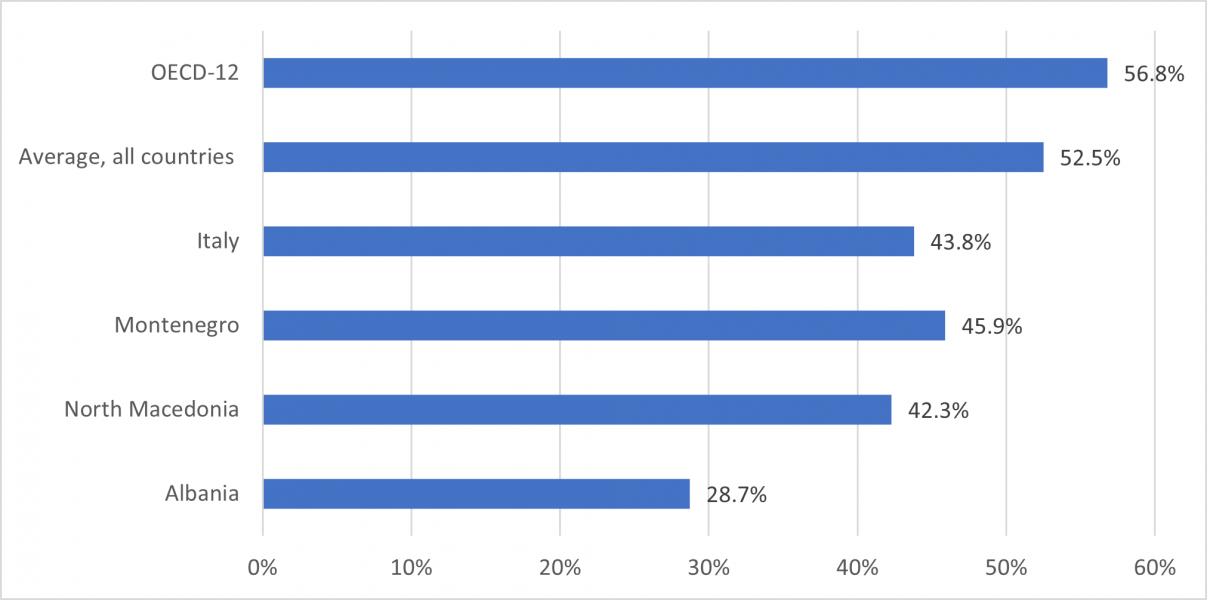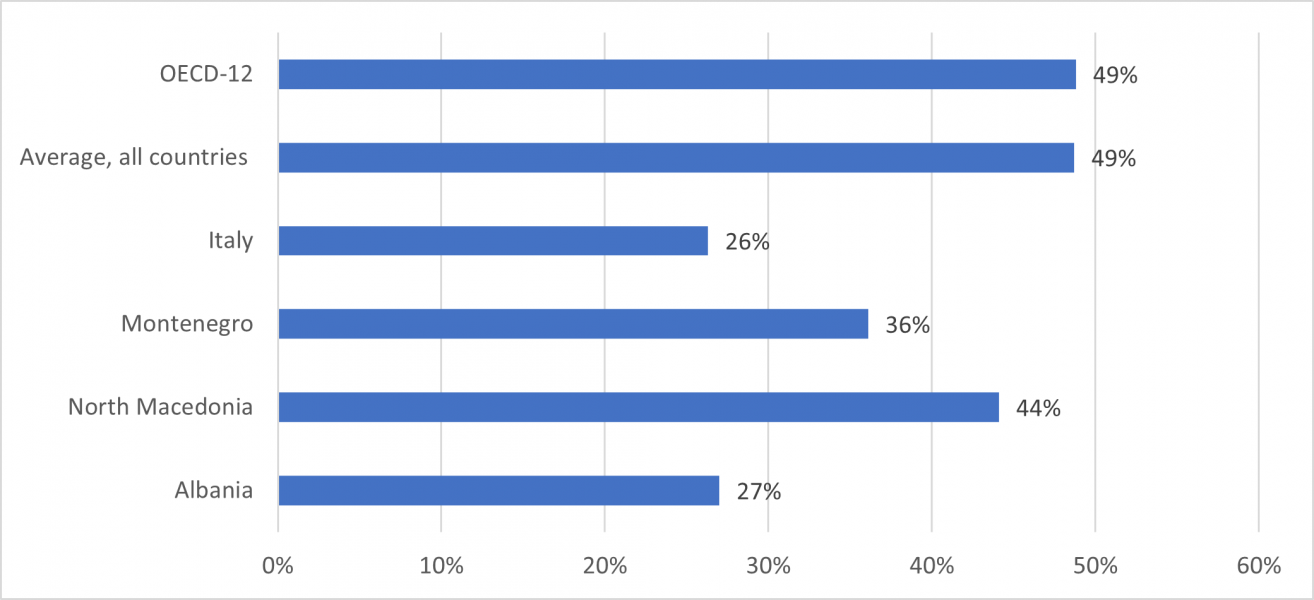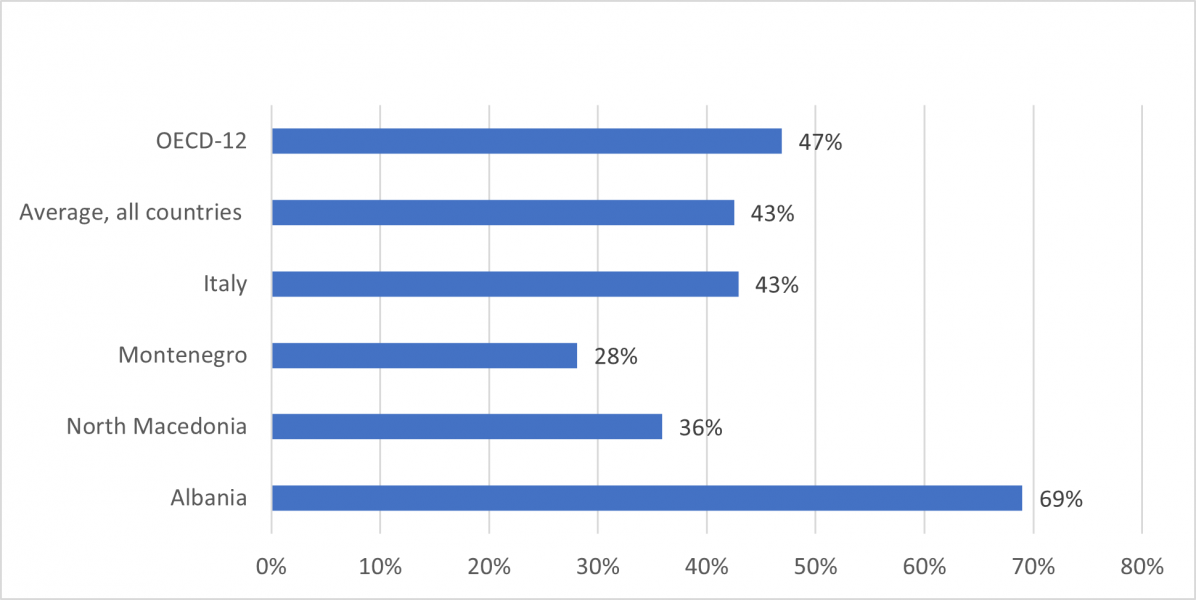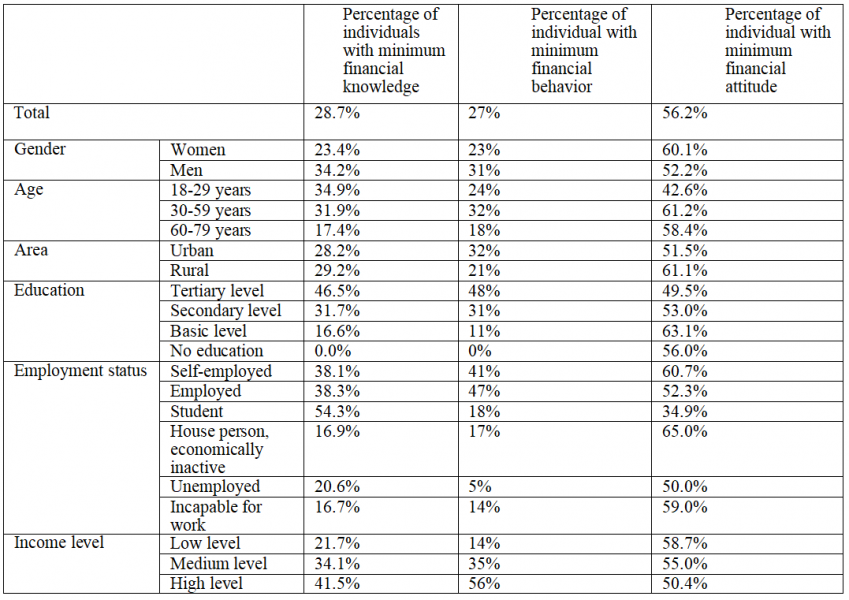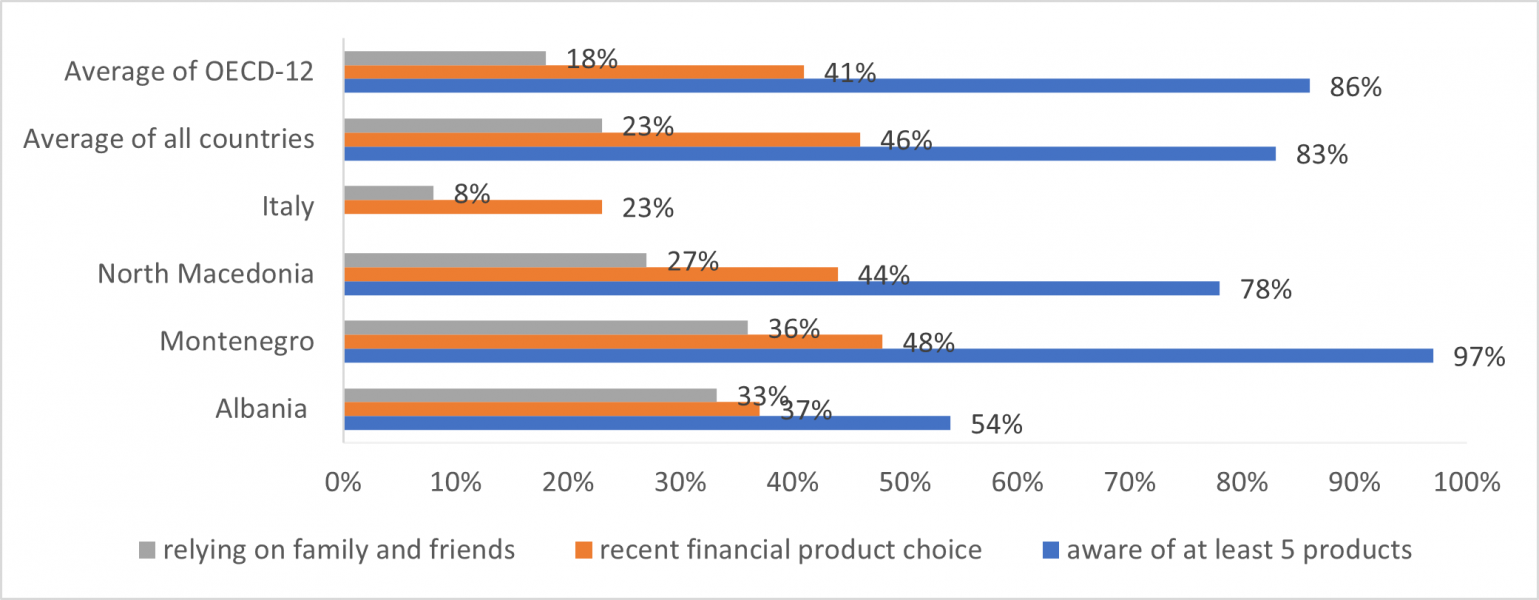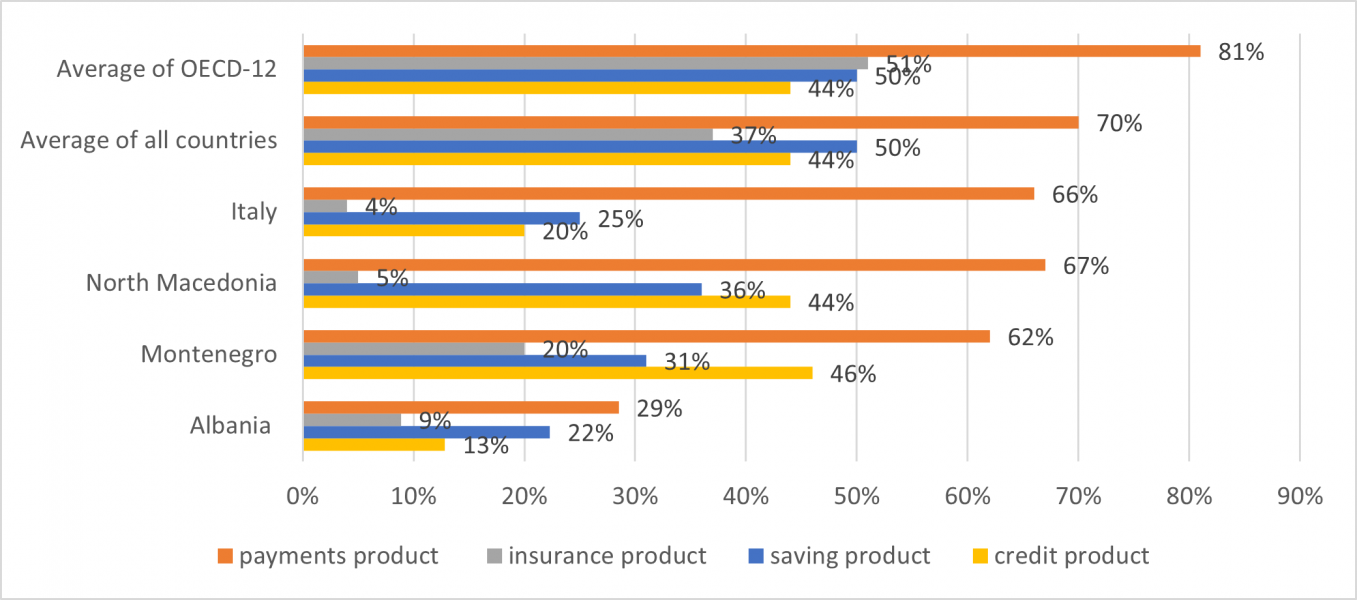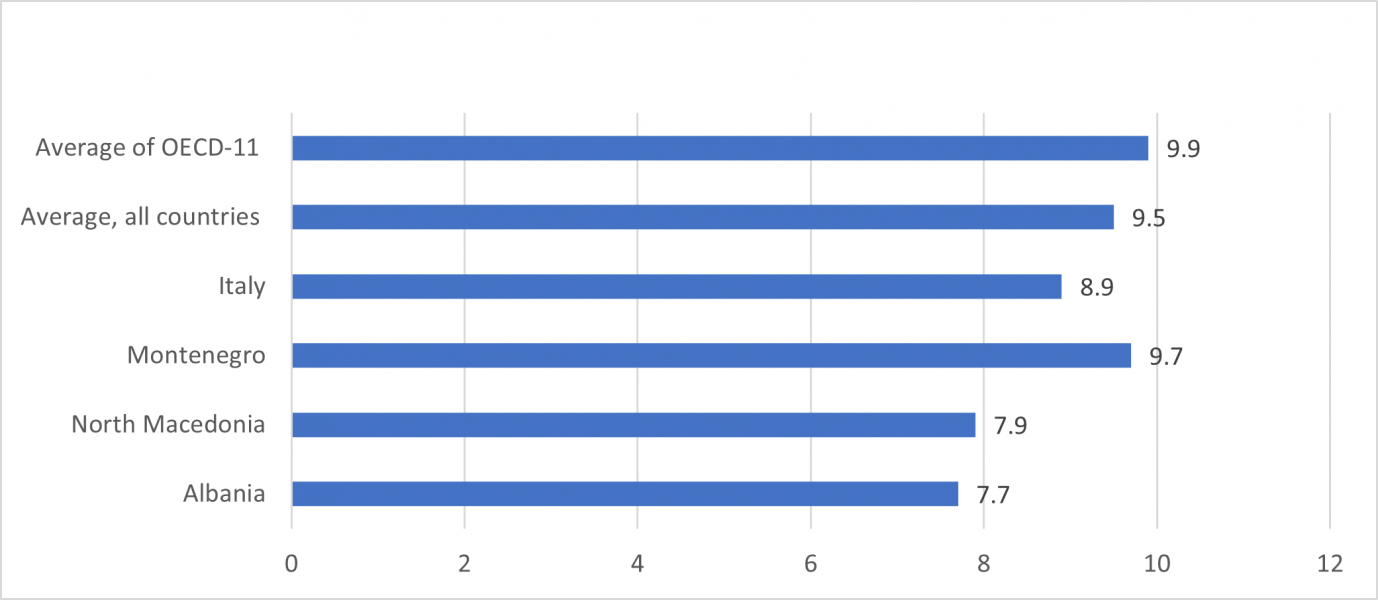References
Ceca, K. Koleniço, A. Isaku, E. & Haxhimusaj, B. (2014) “Financial literacy in Albania: Survey results on measuring the financial literacy of the population, 2011”, Bank of Albania, WP, Bank of Albania, WP37 (76), 2014.
Chionsini, G. (2011), “Financial education and financial literacy in Albania: the state of play”, Bank of Albania, XIX Conference of Bank of Albania “Building our Future through Financial Literacy”, pg 101-118, 2011.
Dushku, E. & Çami, O. (2020) “Albanian Household Wealth Survey (AHWS): Results of the First Wave (AHWS)”, 14th South-Eastern European Economic Research Workshop, Bank of Albania https://www.bankofalbania.org/ Publications/Research/Regional_research_meeting_in_South-east_Europe.html
Dushku, E. (2019), “Households and remittances: Evidence on financial and consumption of Albanians households”, Bank of Albania, Magazine “Diaspora and Payments”, 2019.
Isaku, E. Ceca, K. & Koleniço, A. (2018), “Financial literacy in Albania: 2015 survey results analysis”, Bank of Albania, WP, 42 (81), 2019.
OECD (2005) “Improving financial literacy”.
OECD (2015), OECD/INFE Toolkit for measuring financial literacy and financial inclusion.
OECD (2016), Guide to creating financial literacy scores and financial inclusion indicators using data from the OECD/INFE 2015 financial literacy survey, 13 September 2016.
OECD (2016), OECD/INFE International Survey of Adult Financial Literacy Competencies.
OECD (2020), OECD/INFE 2020 International Survey of Adult Financial Literacy.
OECD (2021), Financial Literacy in Austria: Relevance, evidence and provision.
OECD (2018), OECD/INFE Toolkit to Measure Financial Literacy and Inclusion.


